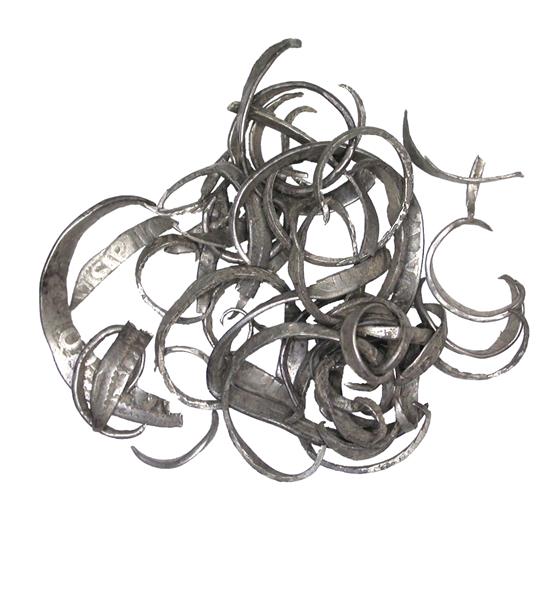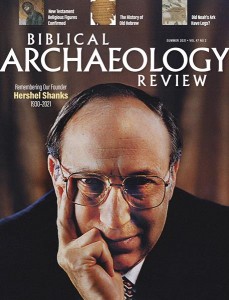
Altering currency has taken many forms throughout history. Counterfeiting is certainly the most well known, though creating a fake coin from scratch isn’t the only way. Anyone can engage in the illicit practice of altering currency—from kings the likes of Eric V of Denmark and Philip the Fair of France, to “average” men and women such as infamous American figures John A. Murrell and Mary Butterworth. Thankfully, it’s a crime that has become much more complicated in recent eras as currency designs have implemented sophisticated anti-counterfeiting measures. But even that hasn’t stopped some people from trying.
Early on, the practice of altering currency was often encouraged by state authorities. Archaeologists have studied the chemical makeup of buried silver hoards found at several sites, including Beth Shean and Megiddo, dating to the Late Bronze Age (16th–12th centuries B.C.E.)—the period when Egypt had control over the land of Canaan. By the close of the Late Bronze Age, when the entire Mediterranean world was in turmoil,a silver metals—whether as jewelry, ingots, or scraps—had become the era’s most widely used currency. Since Canaan had no natural sources of silver, the metal was imported. However, likely due to the collapse of neighboring kingdoms, the silver trade had stopped, and currency began to be debased as a result. Researchers postulate that the Egyptian authorities actually sponsored this debasement, perhaps to hide that the supply of silver was failing. It took almost three centuries for the raw silver used in making currency to regain its purity.
Already a library member? Log in here.
Institution user? Log in with your IP address.

